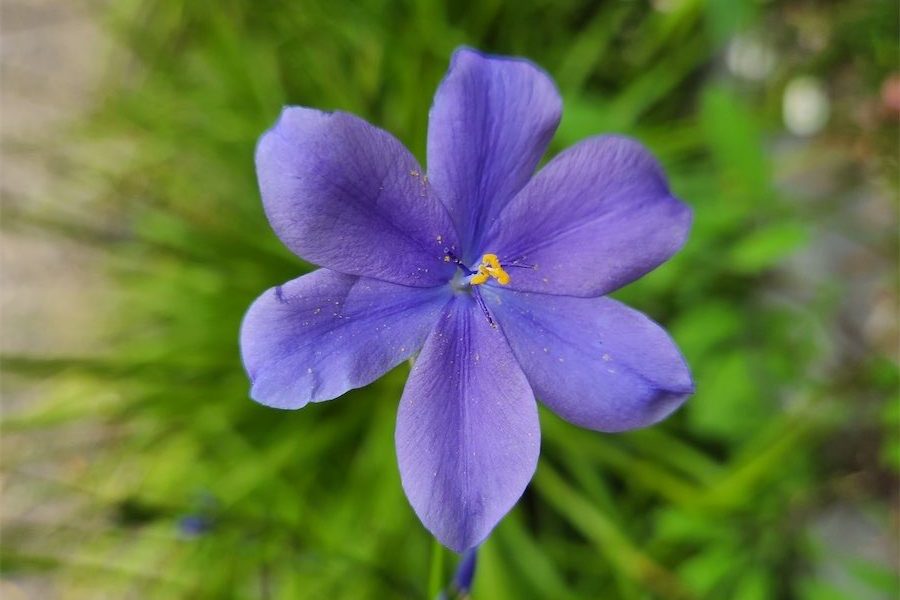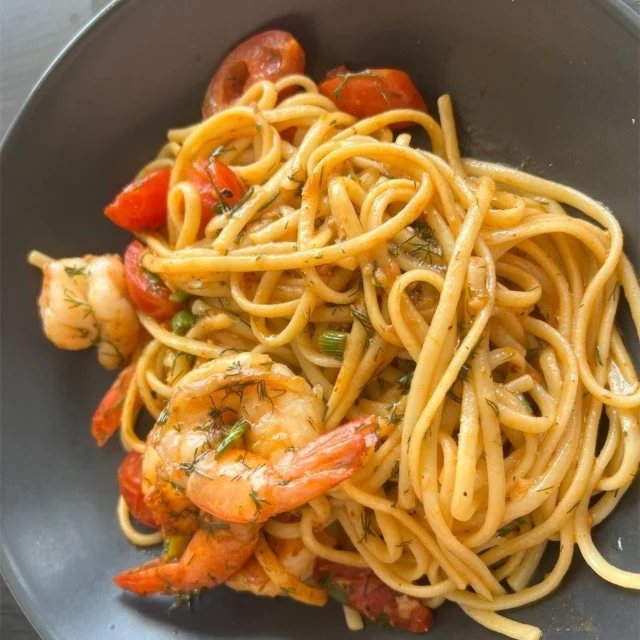
Gardening columnist JACKIE WARBURTON offers some inspiration for the spring garden.
MORNING iris (Orthrosanthus multiflorus) is a hardy plant, native to western and southern Australia, that grows well in our climate.

While it will take regular watering to get established, it is relatively drought hardy. It’s terrific for informal rockeries or a border plant.
Its delicate blue flowers, which are attractive to insects and bees, appear above the strappy green foliage. Although the flowers only last a day, they are produced in profusion and will keep flowering for many months. A light trim after flowering will keep it in shape.
A tall plant that grows to about 50 centimetres wide, it will respond well to full sun or part shade.
To grow morning irises by seed can be tricky as they need smoke treatment to initiate germination. Smoking seed at home can be achieved by using a kettle barbecue and some dry leaves, sticks or straw in the bottom. The seed should be in a container away from the flames and heat.
Smoking seeds should take about 20 minutes. When the seed turns a yellow/brown colour, it’s ready for sowing.
Other methods of smoking can be done by smoke-infused water or buying paper that’s been smoked and laying it over the seed.
NOW that the last of the frost has gone, all the vegetables can go into the garden for summer eating. If you’re quick enough, there might even be tomatoes for the Christmas table.
Vegetables such as zucchinis, eggplants and capsicums can be planted as seedlings and, at the same time, add a few seeds to a shallow tray in seed-raising mix and in a few weeks, you will have lots of plants. When it comes to rotating crops, root vegetables such as beetroot, shallots, onions and carrots can be planted where the broccoli or where any brassicas were planted over winter.
Plant all solanaceae food plants such as tomatoes, capsicums and eggplants where root vegetables were.
A four-bed rotation for roots, solanaceae, brassicas and legumes will help minimise pest and disease issues, and fewer sprays are required in the long run.

RED Ironbark or Mugga Ironbark (Eucalyptus sideroxylon “Rosea”) is a tall, drought-resistant, shade tree that grows to about 25 metres with a tall, spreading canopy.
Relatively fast growing, it has been used extensively as a street tree in Canberra. The bark is furrowed, very rough and near black in colour. Its straight trunk contrasts with the blue green/grey foliage.
It doesn’t shed like other eucalyptus, making it much more suitable for fire-prone areas as its dense timber will not ignite easily.
While it doesn’t flower annually, it will put on a spectacular display every few years. It’s attractive for all nectivores and a valuable source of honey production.
Unfortunately, the cockatoos pull off branches with little care and can make a mess of the foliage all over the ground, but in doing so they’re pruning and shaping the tree to generate more flowers and future growth.
Ironbark trees also flower in white and cream, but to me the Rosea is the most spectacular.
Jottings
- Plant out all tomatoes, capsicum, zucchini and pumpkins.
- Clip hedges to keep compact.
- Place diatomaceous earth around seedlings to keep insects away.
- Deadhead flowering plants to encourage more flowers.
Who can be trusted?
In a world of spin and confusion, there’s never been a more important time to support independent journalism in Canberra.
If you trust our work online and want to enforce the power of independent voices, I invite you to make a small contribution.
Every dollar of support is invested back into our journalism to help keep citynews.com.au strong and free.
Thank you,
Ian Meikle, editor









Leave a Reply